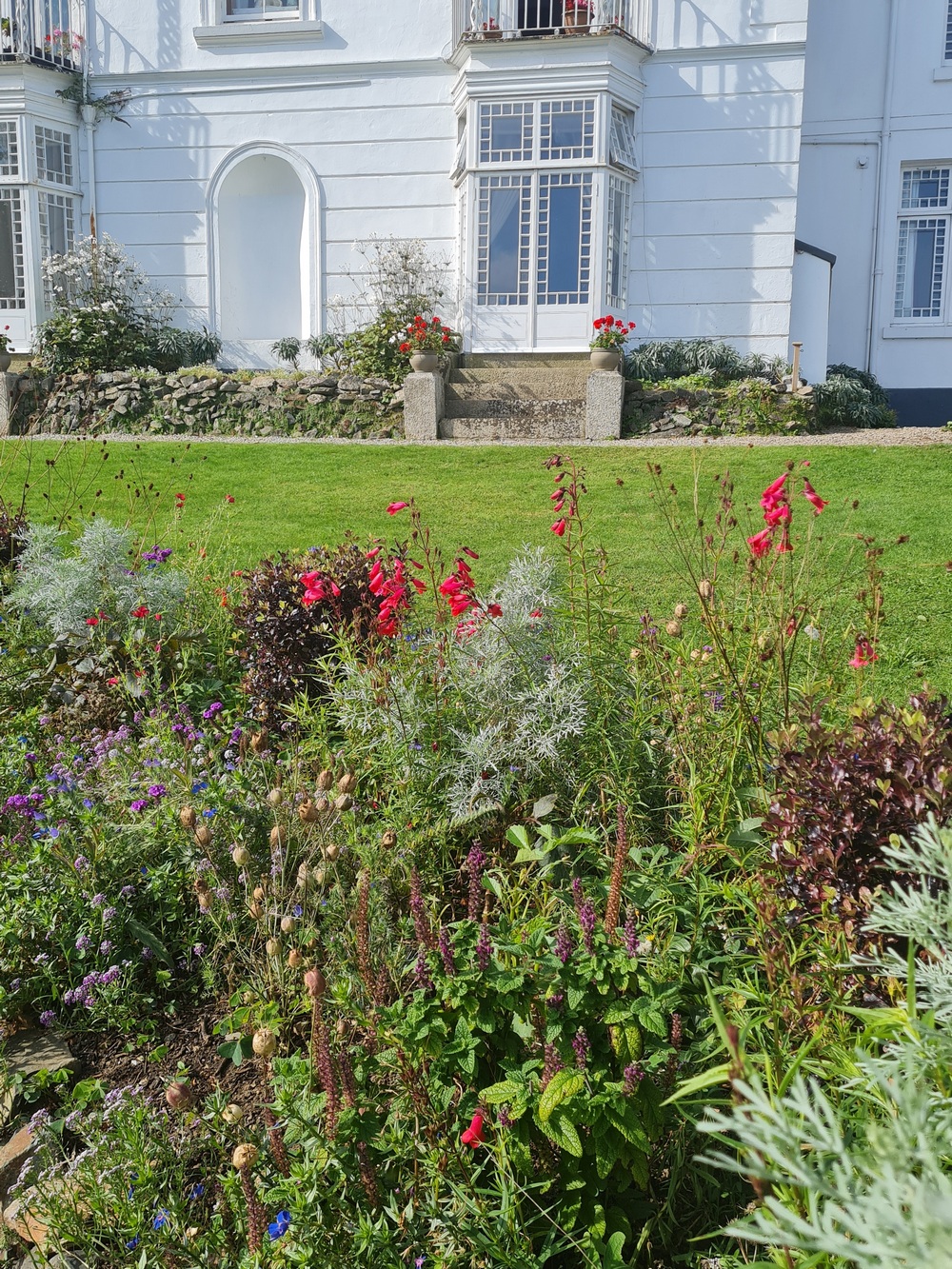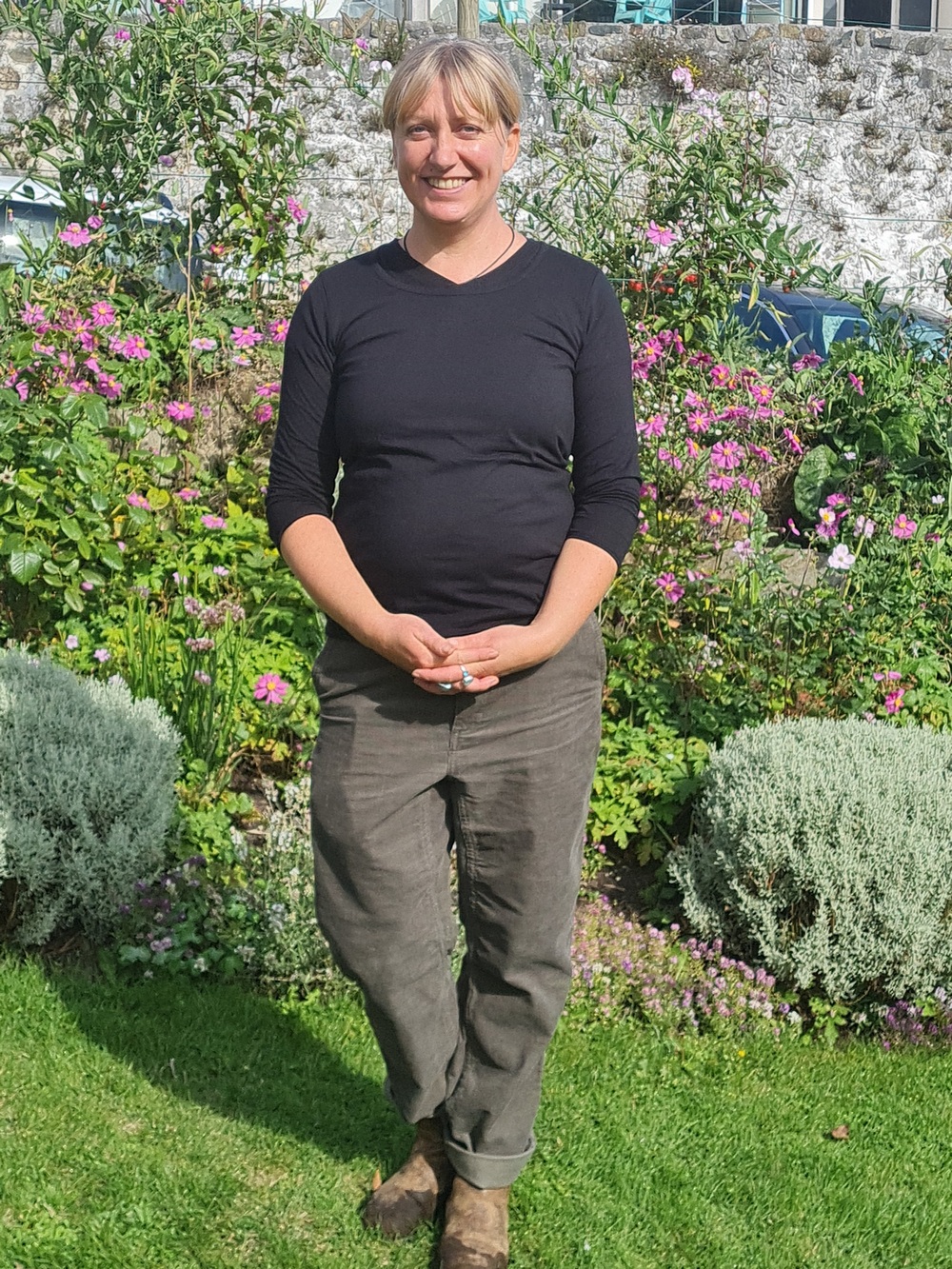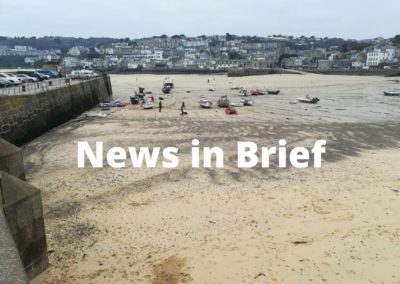Gardener Polly Carter describes her project to restore the St Ives garden where a great writer spent her childhood summers.




Every year, between 1882 and 1894, Virginia Woolf and her family stayed at Talland House, in St Ives. The house is now flats, and I knew from friends who were living there that a lot of people were interested in the garden because of the Woolf connection.
But it was overgrown, and I asked the owner of the flats, Peter Eddy, if I could take on the maintenance with my partner Nick — who is a landscaper — and develop it over time, putting in some Woolf references. He accepted the proposal.
The first thing I did was to take out the mixed hedge at the bottom of the garden, as a lot of it had died, and replace it with escallonia. Woolf wrote about coming back to Talland House as an adult, peering through the escallonia hedge, and seeing the ghosts of her childhood.
One of her key childhood memories was sitting on her mother Julia’s lap on the train to St Ives, and seeing the pattern on her dress — red, purple and blue flowers on a black background. This year, to mark the unveiling of a plaque to celebrate Woolf’s connection with St Ives, I planted a border using the colours in the dress — purple verbena, a small sea holly called Blue Hobbit and blue Anagallis monellii, and red carnations and anemones. The structural planting in the border includes the very dark purple Pittosporum purpureum, which I chose to represent the black background of the dress — I’m topiarising it into lighthouse-shaped towers among the planting.

Polly Carter at Talland House. Photographs: St Ives Local
I felt that the memory of her mother’s dress was significant, as the family stopped going to St Ives after Julia died, when Woolf was 13, and that setting her novel To The Lighthouse at Talland House was an exercise in coming to terms with that double loss. Talland also features in another of Woolf’s novels, The Waves.
I wanted the garden to have a feel of romantic abundance, so I planted nigella, poppies, clary sage, candytuft, and flax. When we cleared one area, we found pink roses hidden underneath other plants. I’ve made this a pink border with silver foliage — something Woolf describes in her essay Sketches of the Past. There were pink Japanese anemones and pink geraniums there, and I’ve added pink annuals — including a lovely cornflower — and clarkia, a classic Victorian flower.
The structural planting was provided by silver-leaved santolia domes, and artemisia, the scent of which reminded Woolf of Talland House. I’ve put artichokes here as well, as Woolf describes them growing among the roses and poppies. This area is where I’ve put most of the self-seeders, so it becomes a semi-wild border, to recreate the point when the garden was abandoned for 10 years.
People ask if I only use plants that were available at the time that Woolf was there, and the answer in the main is “yes”, but I will also use modern plants where that is more practical. I’m more interested in evoking the joy which the garden gave her — and which became an important aspect of her writing — than a faithful representation of what would have been there at any particular point in time. This would be impossible, anyway, since the original three acres is now only a third of an acre. Weaving in different references is more inspiring, and more of a monument to what the garden meant to Virginia Woolf.
• Follow the progress of the garden project at www.facebook.com/TallandHouse



